Spatial Planning for Disaster Risk Reduction
A lot of communities and cities in Japan and across the globe are exposed to the risk of disasters. This lecture will focus
on the general outline, problems, and prospects in relation to spatial planning for disaster risk reduction, such as with
earthquake and flood risks in Japan.
This course deals with the general outline, problems, and prospects in relation to spatial planning for disaster risk reduction.
- Students will learn the basic concept of spatial planning for disaster risk reduction.
- Students will learn about the problems of spatial planning for disaster risk reduction.
- Students will learn about the possibilities and challenges of spatial planning for disaster risk reduction.
| Class schedule | HW assignments (Including preparation and review of the class.) | Amount of Time Required | |
|---|---|---|---|
| 1. | Spatial planning and disaster risk reduction Urban land use planning system in Japan |
Read relevant references as preparation | 200minutes |
| 2. | Tokyo Bousai (Disaster Preparedness Tokyo) Disaster Readiness Guide (TMG) |
Read relevant references as preparation | 200minutes |
| 3. | Earthquake risk in the area densely built-up with old wooden houses in Tokyo | Read relevant references as preparation | 200minutes |
| 4. | Community-based activities: Taishido district Community-based activities: Hikifune area |
Read relevant references as preparation | 200minutes |
| 5. | Small-scale Flood Proofing Measures Risk-Based Floodplain Regulation of Shiga Prefecture |
Read relevant references as preparation | 200minutes |
| 6. | Low-lying area in Tokyo and Super levee projects Community-based activities: Shinkoiwa district |
Read relevant references as preparation | 200minutes |
| 7. | Disaster recovery planning and reconstruction projects in Kobe | Read relevant references as preparation | 200minutes |
| 8. | Tohoku earthquake recovery process Community-based activities: Nakoso region, Fukushima |
Read relevant references as preparation | 200minutes |
| 9. | International examples of disaster recovery and their planning schemes 1 | Read relevant references as preparation | 200minutes |
| 10. | International examples of disaster recovery and their planning schemes 2 | Read relevant references as preparation | 200minutes |
| 11. | The usage of spatial analysis methods for disaster mitigation 1 | Read relevant references as preparation | 200minutes |
| 12. | The usage of spatial analysis methods for disaster mitigation 2 | Read relevant references as preparation | 200minutes |
| 13. | Final report presentations and discussions: Spatial Planning for Disaster Risk Reduction | Read relevant references as preparation | 200minutes |
| 14. | Final report presentations and discussions: Spatial Planning for Disaster Risk Reduction | Read relevant references as preparation | 200minutes |
| Total. | - | - | 2800minutes |
| Midterm report | Final report | Total. | |
|---|---|---|---|
| 1. | 10% | 20% | 30% |
| 2. | 15% | 20% | 35% |
| 3. | 15% | 20% | 35% |
| Total. | 40% | 60% | - |
Final grades are computed as follows:
1. Midterm report: 40%
2. Final report: 60%
Total: 100%
1. Midterm report: 40%
2. Final report: 60%
Total: 100%
There is no required textbook for this course.
References are shown as needed each time.
e.g.
Jaimie Hicks Masterson, et al. (2014). Planning for Community Resilience: A Handbook for Reducing Vulnerability to Disasters. Island Press
Wamsler, C. (2013). Cities, Disaster Risk and Adaptation. Routledge.
Nakamura, H. (2012). Urban planning system and machizukuri in Tokyo. Center for Sustainable Urban Regeneration, The University of Tokyo. SUR 23, 66-71
References are shown as needed each time.
e.g.
Jaimie Hicks Masterson, et al. (2014). Planning for Community Resilience: A Handbook for Reducing Vulnerability to Disasters. Island Press
Wamsler, C. (2013). Cities, Disaster Risk and Adaptation. Routledge.
Nakamura, H. (2012). Urban planning system and machizukuri in Tokyo. Center for Sustainable Urban Regeneration, The University of Tokyo. SUR 23, 66-71
It would be ideal for students to visit the affected areas (in any specific area) of the great earthquake in the eastern part
of Japan.
- Lunch break on Wednesday.
Questions by email can be accepted at any time. - Prof. Hitoshi Nakamura
E-mail: nakamu-h@shibaura-it.ac.jp
- Course that cultivates an ability for utilizing knowledge
- Course that cultivates a basic problem-solving skills
| Work experience | Work experience and relevance to the course content if applicatable |
|---|---|
| Applicatable | Based on the work experience in the field of Urban and Regional Planning, the basic concept, technical analysis and integration methods in relation to spatial planning for disaster risk reduction can be taught. |
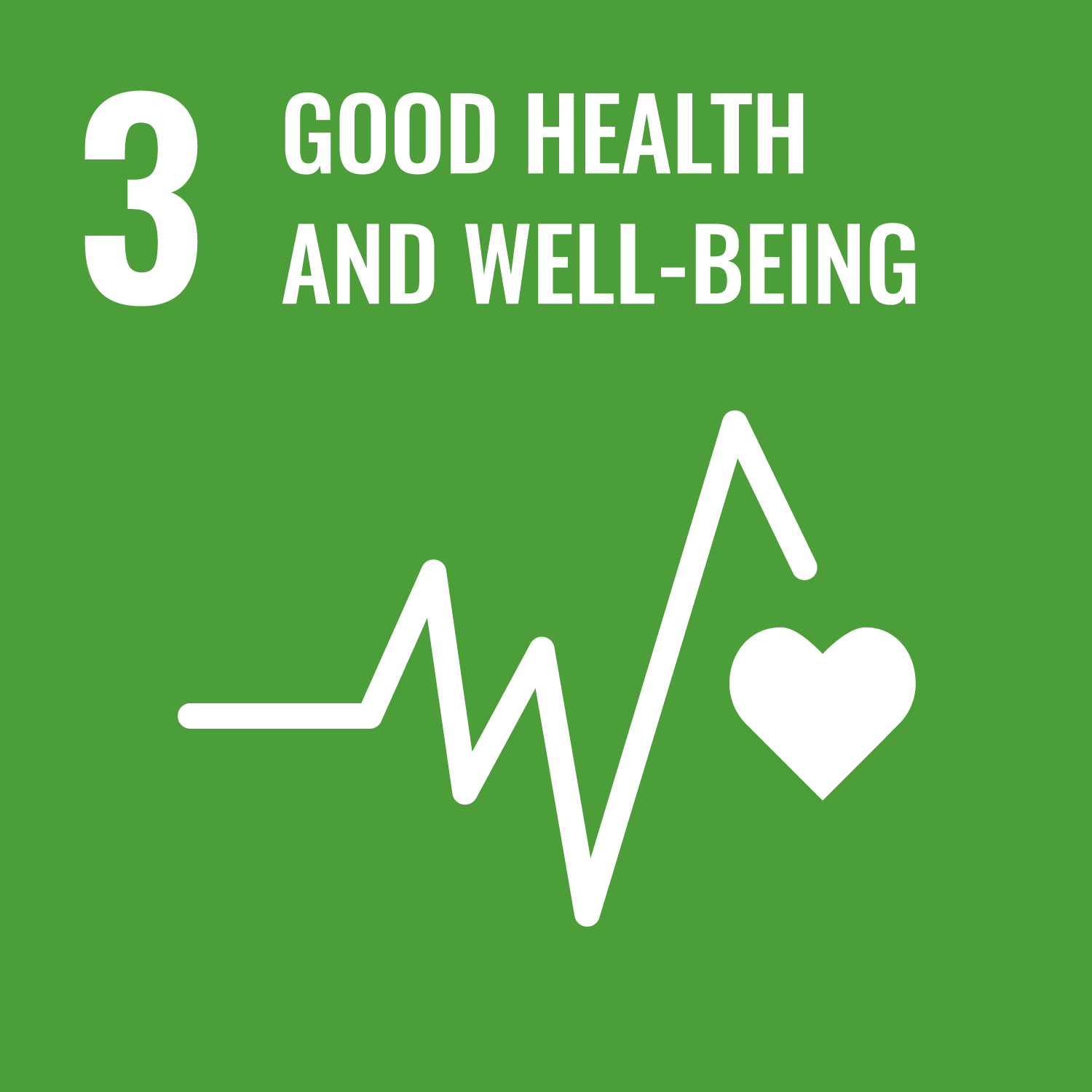
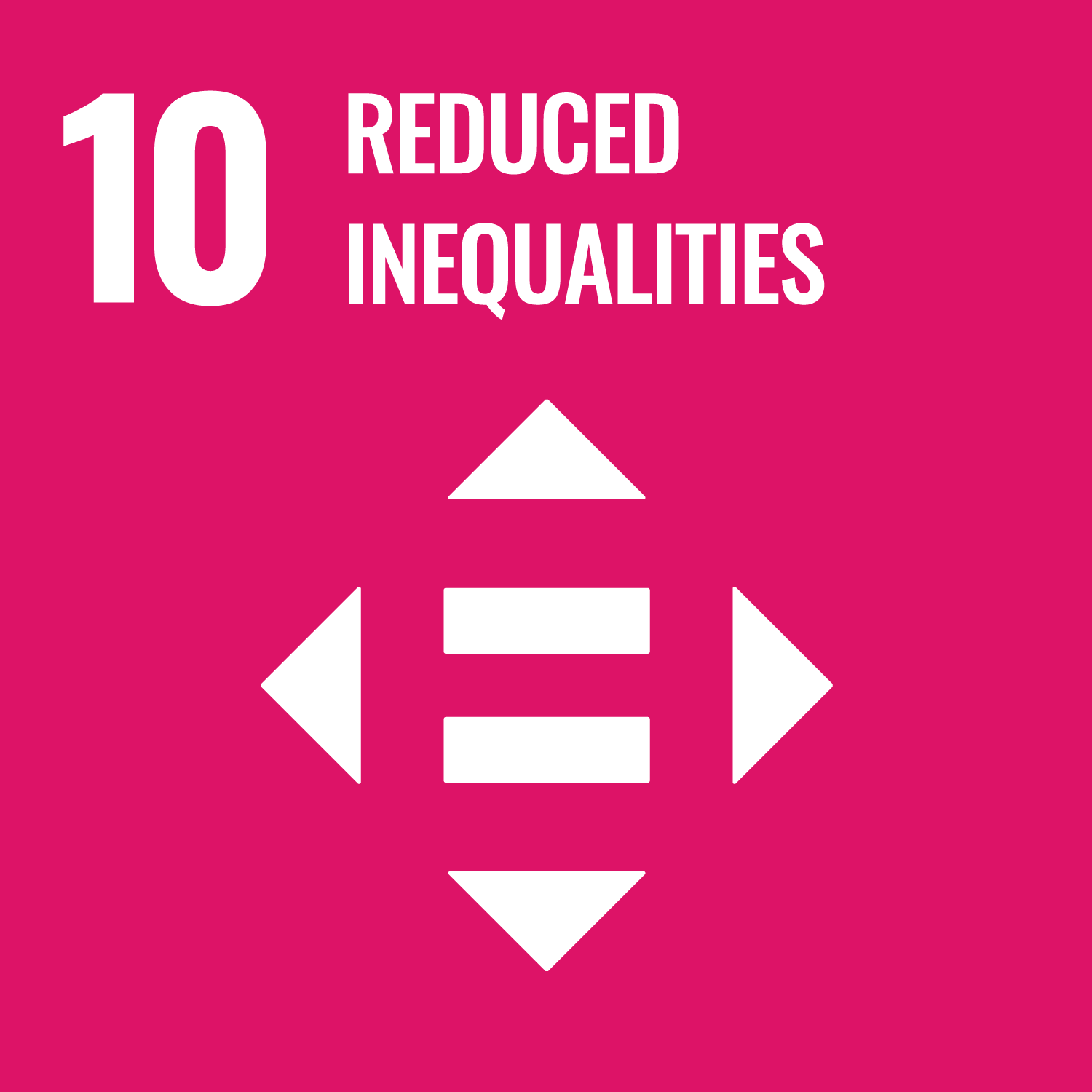
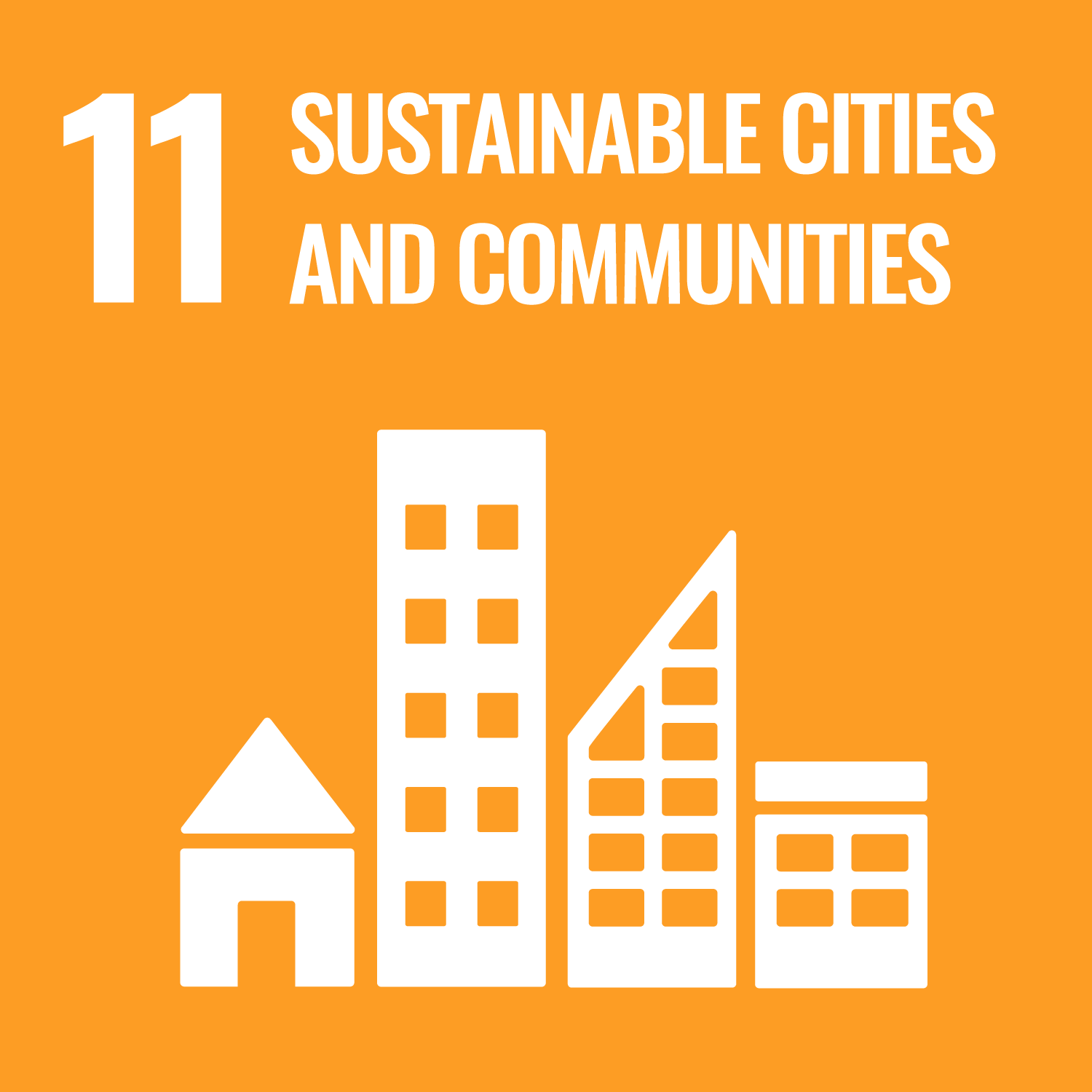
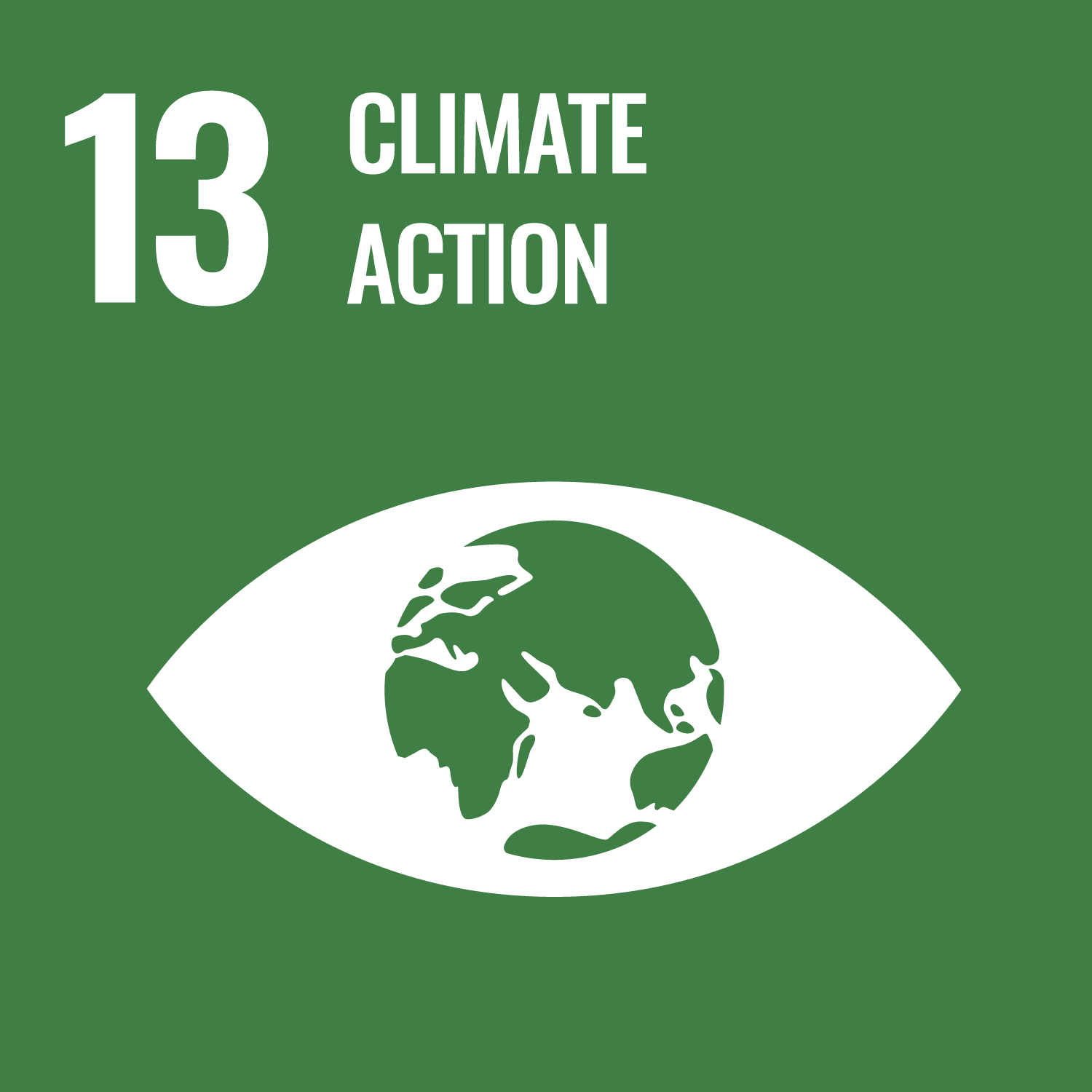
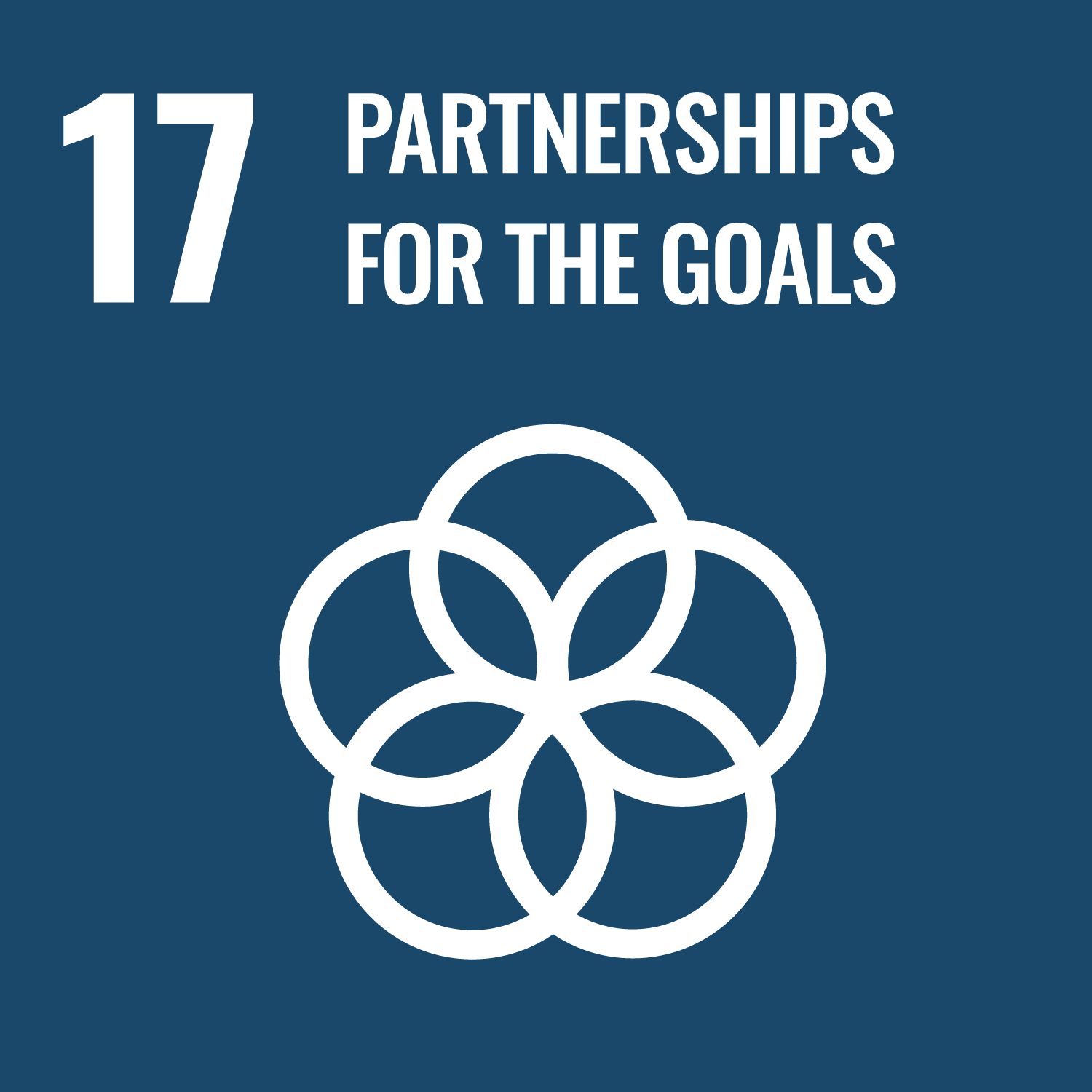
- 3.GOOD HEALTH AND WELL-BEING
- 10.REDUCED INEQUALITIES
- 11.SUSTAINABLE CITIES AND COMMUNITIES
- 13.CLIMATE ACTION
- 17.PARTNERSHIPS FOR THE GOALS
Last modified : Sat Mar 21 13:16:46 JST 2020

